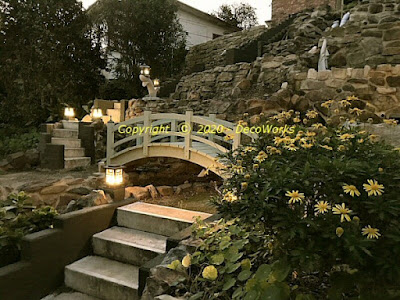Quality or Economic Manufacture

Deciding between quality or economic manufacture of products present a challenge to companies wanting to develop new markets. With money tight customers have to consider the pros and cons of quality or economic products. They are more likely to accept cheaper, lower quality products (or even dispense with them altogether) rather than spend a bit more on a quality product. A financially conservative approach may appear an appropriate path in the short term however the mid to long term consequences of economically driven decisions should be carefully assessed. A well made, quality product that is pleasing to the eye carries those qualities with it through time. Poor quality products may do their job initially but actually get worse over time. Any initial savings are quickly dissipated. Good quality or economic choices There are times when a product is used only once so its manufacture can be more cosmetic. Products of this nature are easy to provide as they can be quickly made w





